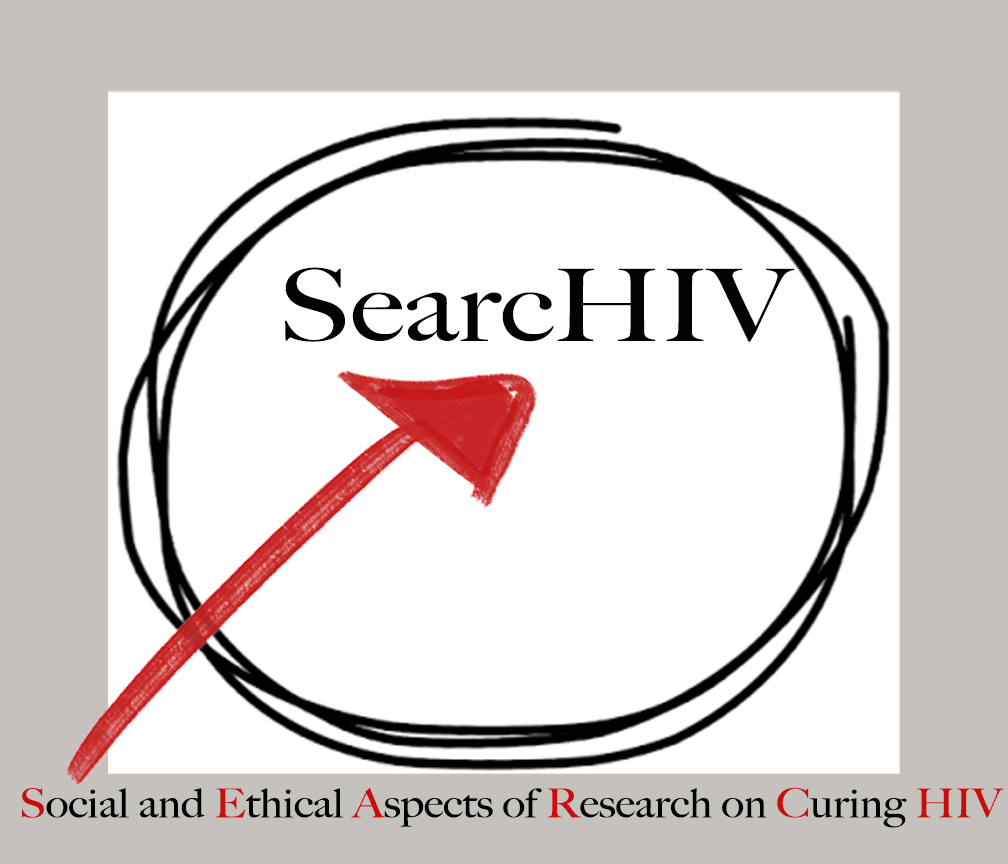By: Adam Gilbertson, DPhil
HIV researchers face many obstacles on the road to developing safe, effective clinical interventions to cure HIV. Chief among these challenges is likely HIV’s ability to integrate its genetic material within the DNA of people’s cells, especially CD4+ T cells,1-5 microglia, and other cells of the central nervous system. HIV may remain in these cells in a state of low replication for indefinite periods – forming so-called “viral reservoirs”. As a result, while people on combination antiretroviral therapy (cART) may have viral loads suppressed to undetectable levels, it is currently impossible to eradicate HIV from the body. Finding a clinical strategy for attaining HIV remission or cure will probably mean discovering better ways to detect, measure, and target HIV reservoirs. One approach to developing these new therapies has been to study people with limited HIV reservoirs in their bodies. Such individuals include babies presumably born with HIV infections (e.g. the ‘Mississippi Baby’) and adults diagnosed with acute HIV infections.
Acute HIV infection (AHI) refers to the earliest stages of HIV infection, generally defined as the first few weeks to two months following an infection event,6 and is marked by heightened infectiousness.7-11 However, acute infections often go undiagnosed because symptoms are not always present, or are ambiguous (for instance, fever, fatigue, and headache – flu-like symptoms).12,13 Complicating matters, special tests in the form of 4th generation assays and nucleic acid amplification tests (NAAT) (more expensive than other tests) are needed to identify early stage HIV. Despite these difficulties, diagnosing acute HIV remains a public health priority since it is during this period of increased infectiousness that risk behavior reduction interventions aimed at preventing HIV transmission may be highly impactful.14
While recent events involving the ‘Milan baby’ have reminded us of the risks of attempting to search for a functional cure in infants, acutely infected adults are increasingly being recruited to participate in HIV cure-related clinical research. As of December 2014, the website ClinicalTrials.gov listed 42 registered trials focused on acute HIV. In addition to the limited size of their viral reservoirs, the advantages of conducting HIV cure research with individuals diagnosed during early infection may include: healthier immune systems; lack of prolonged inflammatory responses and chronic HIV comorbidities; no or limited previous cART exposure; and reduced HIV genetic diversity. For these reasons, some people predict that acutely infected individuals could be among the first in whom prolonged HIV remission will be established through clinical interventions.14 However, there remain serious practical and ethical concerns associated with recruiting and involving this research population in HIV clinical research.
One of the goals of the searcHIV project is to identify these practical, social, and ethical implications and to think about how they can be addressed in current and future research on the road to an eventual cure for HIV. Over the course of subsequent blogs, I plan to address these challenges in hopes of inspiring further discussion concerning acute HIV infection and cure research.
Acknowledgements: Special thanks are owed to Dr. Peter Leone, Dr. Joe Tucker, and Karine Dubé for their comments and helpful suggestions, and to MaryBeth Grewe for her editing efforts.
References
- Finzi D, Hermankova M, Pierson T, et al. Identification of a Reservoir for HIV-1 in Patients on Highly Active Antiretroviral Therapy. Science 1997,278:1295-1300.
- Wong JK Hezareh M, Gunthard HF et al. Recovery of Replication-Competent HIV Despite Prolonged Suppression of Plasma Viremia. Science 1997;278:1291-95.
- Chun TW Stuyver L, Mizell SB et al. Presence of an Inducible HIV-1 Latent Reservoir during Highly Active Antiretroviral Therapy. Proc Natl Acad Sci USA 1997;94:13193-7.
- Finzi D Blankson J, Siliciano JD, et al. Latent Infection of CD4+ T Cells Provides a Mechanism for Lifelong Persistence of HIV-1, even in Patients on Effective Combination Therapy. Nature Medicine 1999;5:512-17.
- Blankson JN Persaud D, and Siliciano RF. The Challenge of Viral Reservoirs in HIV-1 Infection. Annu Rev Med 2002;53:557-93.
- Zetola N and Pilcher CD. Diagnosis and Management of Acute HIV Infection. Infect Dis Clin N Am 2007;21:19-48.
- Quinn TC, Wawer MJ, Sewankambo N, et al. . Viral load and heterosexual transmission of human immunodeficiency virus type 1. Rakai Project Study Group. New England Journal of Medicine 2000;342:921-9.
- Pilcher CD Tien HC, Eron JJ et al. Brief but Efficient: Acute HIV Infection and the Sexual Transmission of HIV. Journal of Infectious Diseases 2004;189:1785-92.
- Pinkerton SD. Probability of HIV Transmission during Acute Infection in Rakai, Uganda. AIDS Behav 2008;12:677-84.
- Kerndt PR, Dubrow R, Aynalem G, et al. Strategies used in the detection of acute/early HIV infections. The NIMH Multisite Acute HIV Infection Study: I. AIDS Behav 2009;13:1037-45.
- Stekler J Sycks BJ, Holte S et al. HIV Dynamics in Seminal Plasma during Primary HIV Infection. AIDS Research and Human Retroviruses 2008;24:1269-74.
- Daar ES Little S, Pitt J, et al. Diagnosis of Primary HIV-1 Infection Ann Intern Med 2001;134:25-9.
- Cohen MS, Shaw GM, McMichael AJ, Haynes BF. Acute HIV-1 Infection. N Engl J Med 2011;364:1943-54.
- Walker B and Hirsch MS. Antiretroviral Therapy in Early HIV Infection. N Engl J Med 2013;368:279-81.

